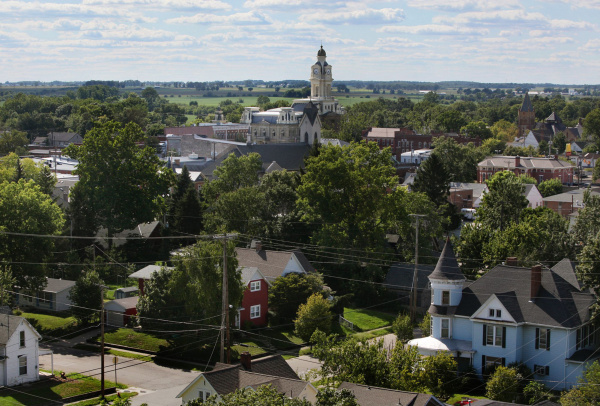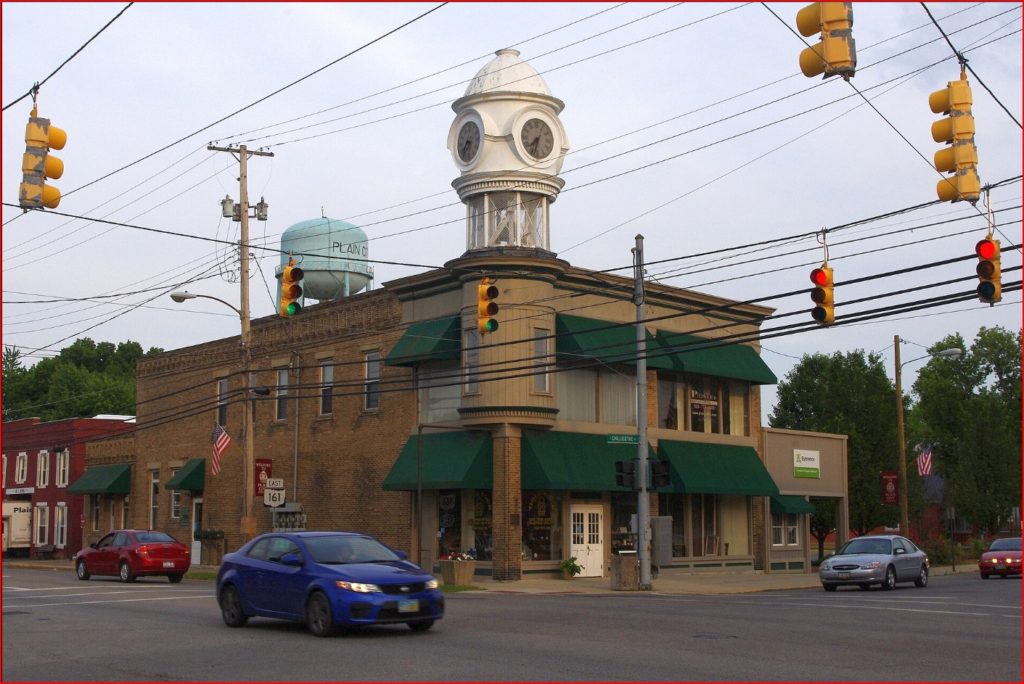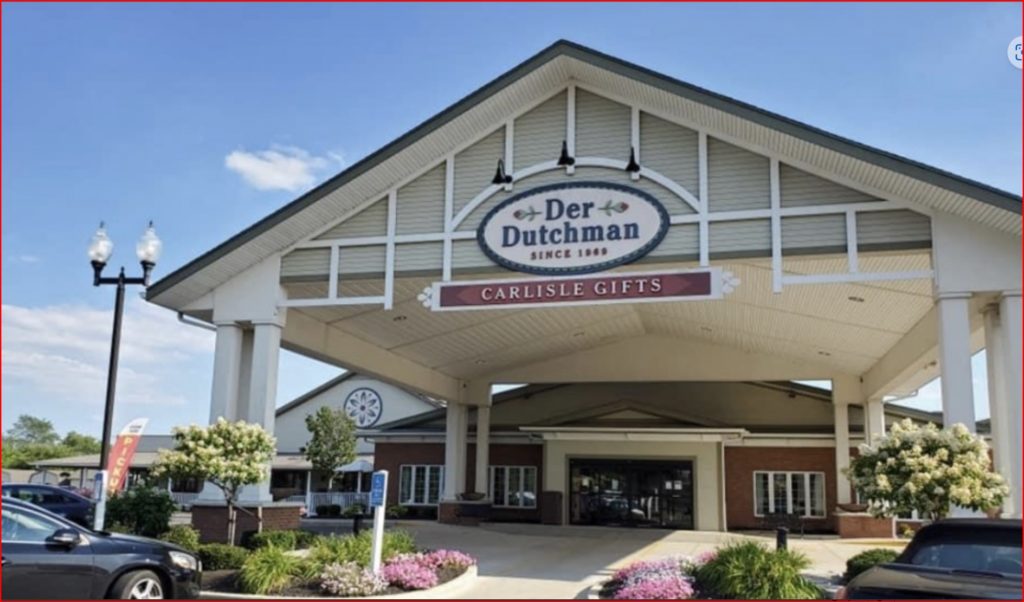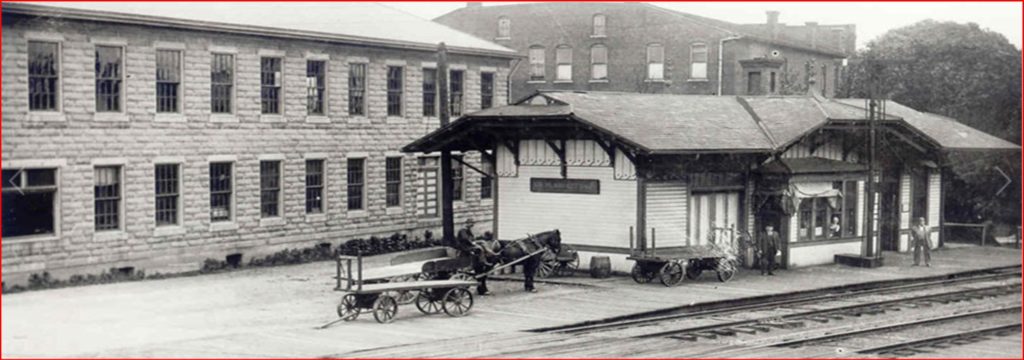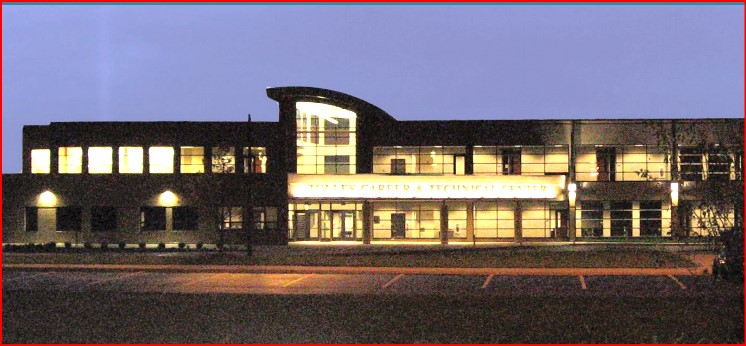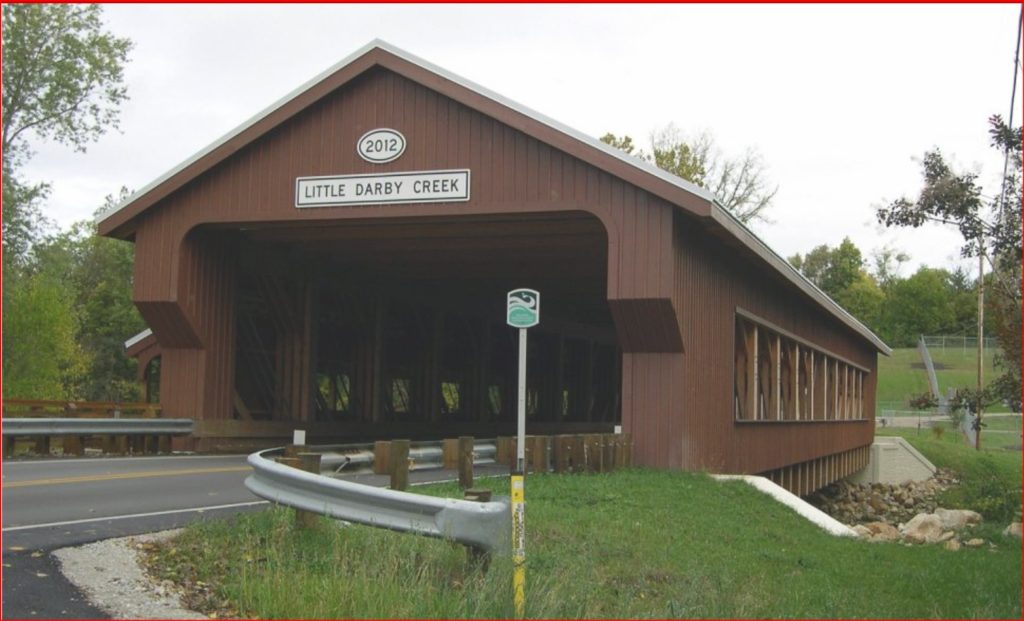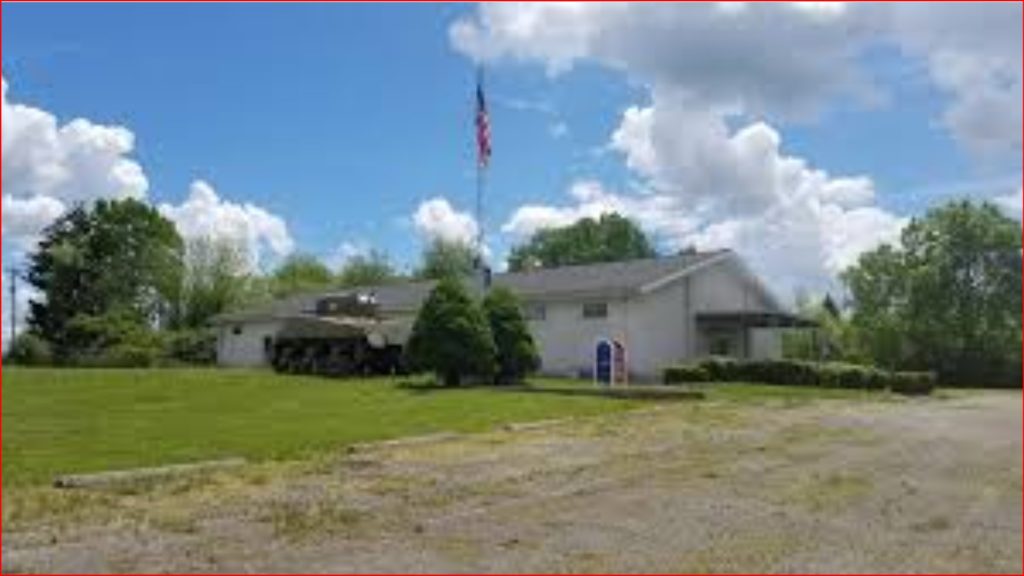Ohio - Exciting and Diverse - Section 4 - Culture
Oddities and Trivia from the “Buckeye” state
Stuffed Mangoes or Mangos. Before refrigeration, food was stored by smoking or drying or pickling. The pickling process was called mango. The resulting product was often called a mango such as a mango of cucumbers or a mango of peppers. Eventually just about anything that was pickled was called a mango. Green peppers were originally pickled and were called mangos. The term stuck and even today, many people in the mid-west call green peppers mangos. A favorite dish is stuffed mangoes. Green peppers are cooked filled with a mixture of ground beef and pickled cabbage.
Mushmelons – Many people in Ohio call muskmelons – mushmelons. No one knows why.
City Beef and City Chicken. During World War II, many foods were rationed. The U.S. Army had contracts with the packing houses and most beef went to the troops. However, my mother and many wives were able to get ground meat. I remember that city chicken was pork wrapped around a skewer and grilled. Evidently, we were able to get local grown pork. Sugar was nearly impossible to find, and we substituted honey. I remember that Ohio grown vegetables were plentiful. Our dessert was a pudding made of tomatoes, stale bread and honey. Mom baked it and poured milk or cream on the dish. I still eat my tomatoes with sugar instead of salt. What I thought was beef in our house was horse meat.
The tomato was developed in Reynoldsburg Ohio in 1870 by seedsman Alexander W. Livingston. Before that tomatoes were a small ribbed, almost hollow, bitter fruit. They were nicknamed love apples and were often thought to be poisonous. Livingston’s Paragon Tomato was larger and sweeter. Livingston developed more than 30 varieties of tomatoes.
The All-American Soap Box Derby began in 1933 in Dayton Ohio by journalist Myron E. (Scottie) Scott.
Stamps: Some Ohioans remember when stamps were given at purchases. There were three types most remembered, Sales Tax stamps, S&H Green Stamps and Top Value Stamps which were yellow. Information about the sales on tax stamps is summarized from an article on mystampworld.com/. Merchants were required to purchase these stamps from the state (pre-paying the sales tax) and were given out as part of change. Example: A purchase was made for 40 cents and the customer handed the merchant a fifty-cent coin, The merchant handed the customer the 10 cents change which was, a nickle, 3 pennies and a 2 cent sales stamp. The state encouraged consumers to save the stamps and give them to charity where they could be surroundered to the state for 3% of the total value. In Marion, Ohio, thousands of workers gave their stamps to the Children’s Home which were then used to fund camp for the residents.
S&H Green stamps were given to customers as an incentive to shop. They could be redeemed for merchandise. S&H Green Stamps started in 1896 and were discontinued in the 1980’s. As a teenager, I worked for Ralph’s IGA in Richwood, Ohio which gave out the stamps. After work one evening, I unscrewed the S&H sign and then screwed it next to the door at Ballinger Funeral Home! Everyone wondered who did that? I just kept quiet! Top Value stamps were given out in Ohio at Krogers. Albertson’s and IGA gave S&H Green stamps. The stamps had adhesive like postage stamps and were then placed into booklets available from the mercants and then exchanged for merchandise. My mother traded books for a set of aluminum drinking glasses in various colors and a set of china that was a wedding present for my wife and I. Top Value stamps ended in 1982. S&H and Top value were only given out for cash purchases. This discouraged credit purchases which many merchants disliked. S&H and Top Value were the most used, but there were other trading stamps such as Gold Bond,King Korn, Blue Chip, Gift House, Plaid Stamps, Red Stamps, and others. Over the years, S&H Green Stamps Company led the field and its profits were in the billions of dollars.
Nostalgia,Trends and Fads. Changes in clothing, hair styles, popular toys and many items continue constantly. From my own memory, I am including changes I remember. You may remember others. This list might be useful in a party discussion. Many of these reflect high school fads. A fad is something that is really popular and that many people want, but then goes quickly out of style. Many of the things listed are still around, but not as popular as they once were.
Clothing: Zoot suits, Coonskin caps, Poodle skirts, Sailor hats, Robin Hood hats, Hawaiian shirts, Engineer boots, Designer sports shoes, Bikinis, Beatnik turtlenecks and berets, Hippie sandels, Granny dresses and beads, Dashiki shirts, Daisy-Dukes, Go-go boots, Pegged Levi’s, Cargo pants, Mini-skirts, Bell-bottoms, Capri’s, Tube tops, Car coats, Sunglasses-large and decorative, Cateye glasses, Tie-dye, Shoulder pads, Fanny packs, Jeans with rips, Scrunchies and whatever popular entertainers wore such as shoes without socks. The mini-skirt forever changed the acceptable dress length.
Weird stuff: Pet rocks, Peanuts in your coke. Disco dancing, Slinky’s, Duncan YoYo, Kilroy was here, Master-3D viewers, Table-top juke boxes in restaurants, Raggety Ann dolls, Cabbage Patch Kids, Beanie Babies, Valley talk (Gag me with a spoon!) 3-D glasses for the movies, Hula hoops, Rainbow loom bracelets, Slime.
Dances: Sock Hops, Hokey Pokey, Mexican Hat Rock, The Stroll, Macarena, Hand Jive, the Twist, Mashed Potato, Limbo, Loco-Motion, the Mash, The Electric Slide, Country Line Dancing, Gangnam Style, Twerking,
Odds and Ends: Home pizza kits, Drive-in theaters, Drive-in restaurants, Car hops, service stations that checked your oil, Burma Shave signs “Spring has sprung, the grass has ris where last years careless driver is – Burma Shave”, Ads on barns for Mail Pouch and See Rock City and Ohio Bi-Centennial Barns. If you see these today, they are protected as Folk Heritage Barns and can be restored.
Personal Appearance: Big Hair, Side-shaves, Flat tops, Mullets, Goths, Skin heads, Hair dryers, Hair curlers, Bobby pins, Spoolies, Long bangs, Dark eye makeup, Finger-nail caps, Brylcreem, Vitalis, Shaving mugs and Rimless eyeglasses. Before WWI, most men wore beards. Because the war in Europe exposed men to lice, facial hear was forbidden in the U.S. military. This then spread into the public and remained for decades unitl beards started reappearing in the 1960’s. In the military, women’s hair length had to remain above the collar and pixie and bobbed hair styles became popular. The military has relaxed some of its rules, but not many.
Around the house: Glass milk bottles, Dial telephones, 50’s style furniture Window fans, Pull-down roller-shades (back in style but now powered), Black panther lamps, Lava lamps, 45 rpm record players, Tape decks, 8-track players and cartridges, Cassette players and tapes, 8mm projectors, Flashbulbs, Brownie cameras, Fall-out shelters, Metal ice trays,TV rabbit ears, Manual typewriters, and Portable radios,
Ohio’s Symbols
- State Motto: With God, all things are possible
- State Flower: Red Carnation
- State Wild Flower: White Trillium
- State Bird: Cardinal
- State Mammal: White-tailed Deer
- State Reptile: Black Racer Snake
- State Amphibian: Spotted Salamander
- State Frog: Bullfrog
- State Tree: The Ohio Buckeye
- State Gemstone: Ohio Flint
- State Fruit: Tomato
- State Native Fruit: Pawpaw
- State Beverage: Tomato Juice
- State Song: Beautiful Ohio
- State Insect: Ladybug
- State Fossil: Isotelus
- State Rock Song: Hang On Sloopy
- State Prehistoric Monument: The Newark Earthworks
- State Artifact: The Adena Pipe
- State Historic Structure: The Barn
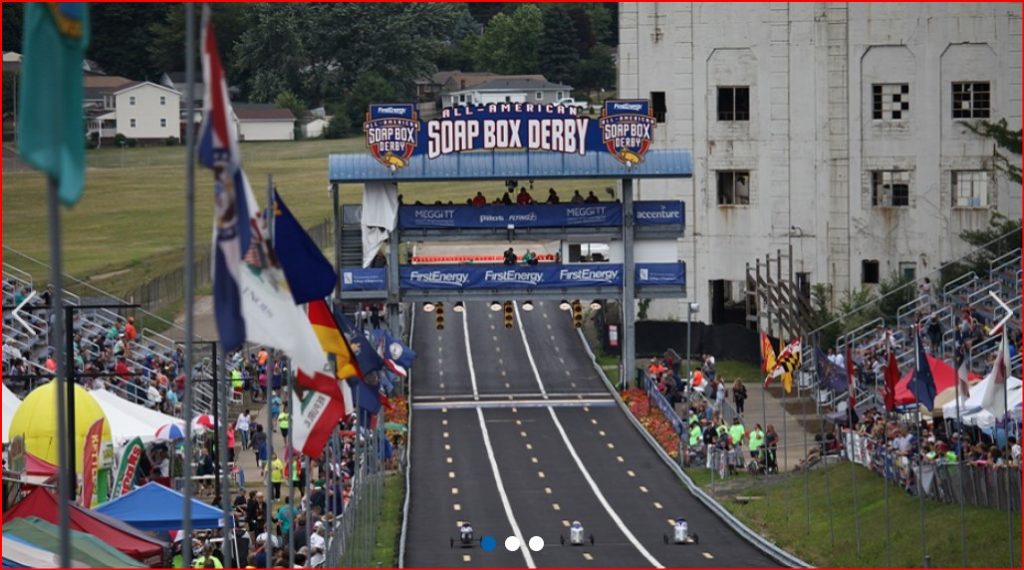
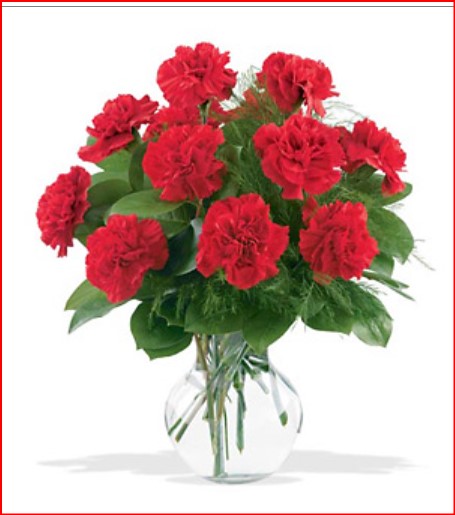
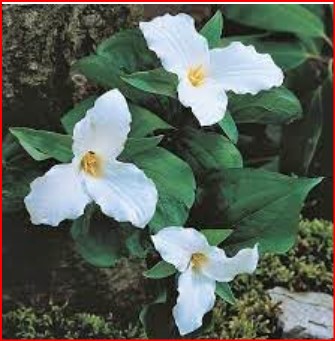
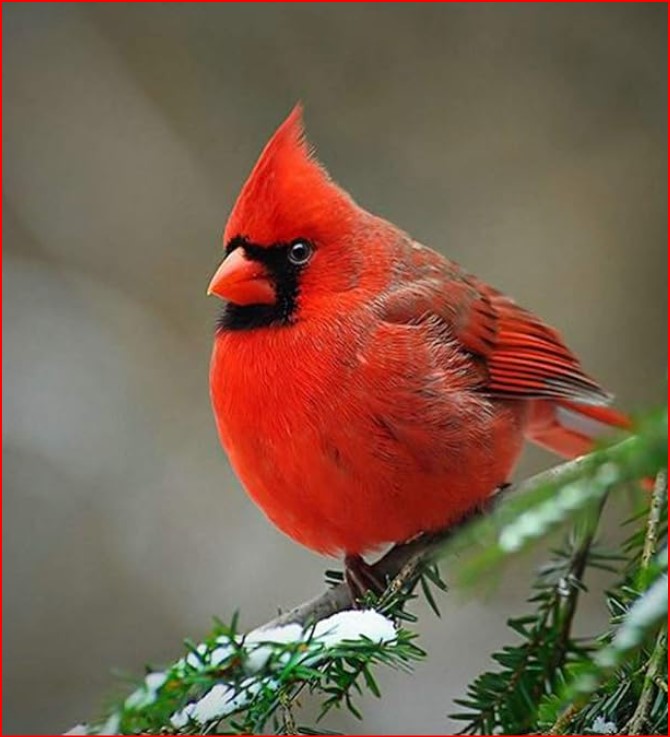

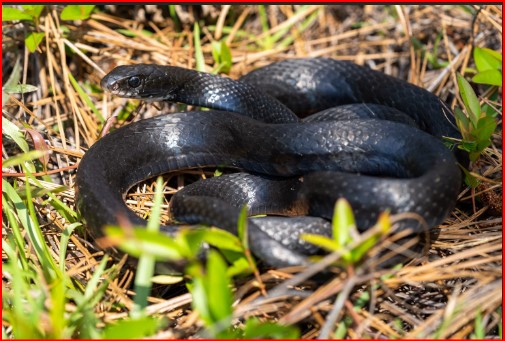







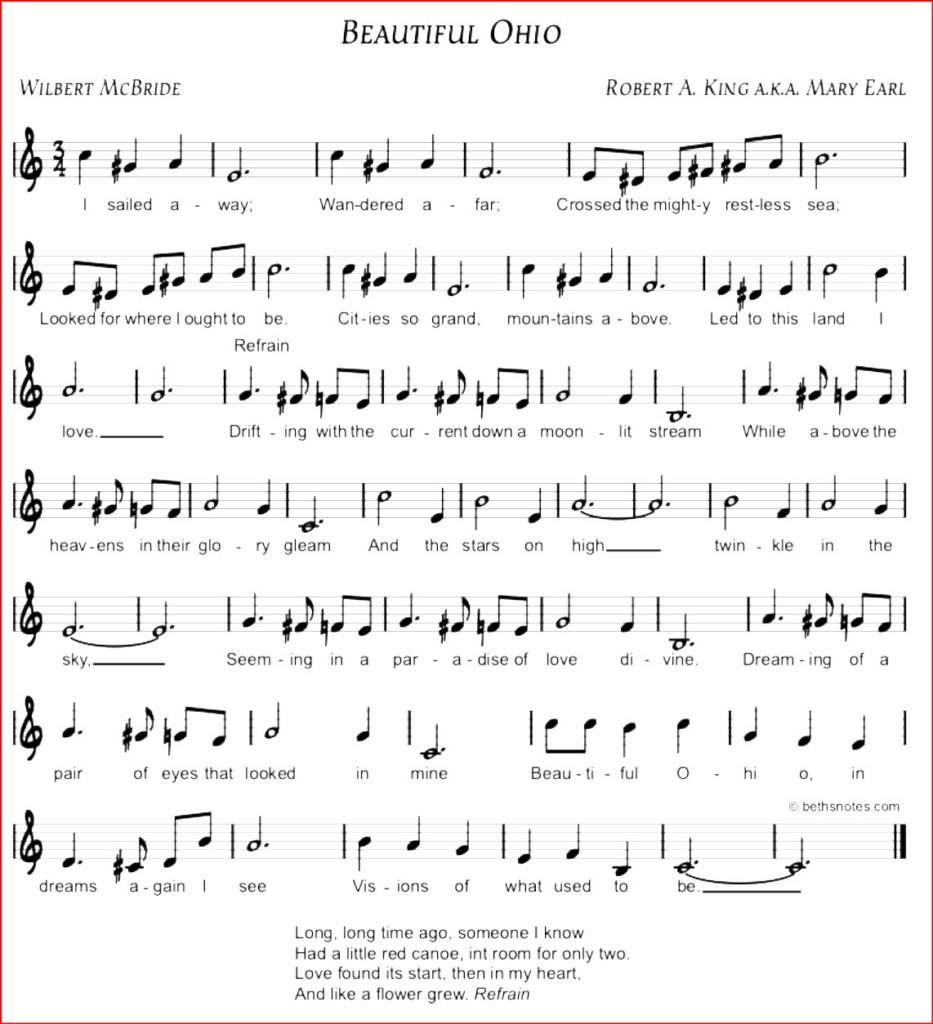
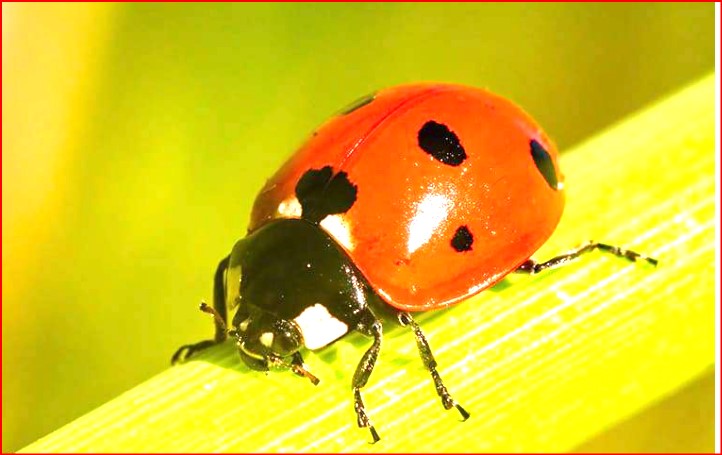
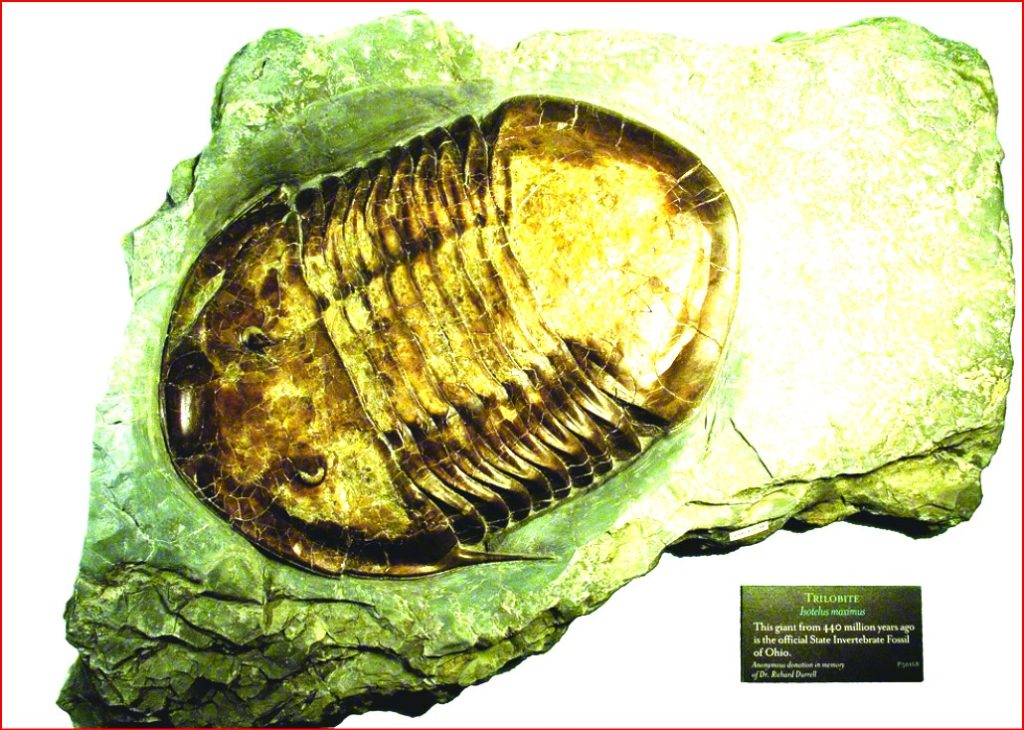
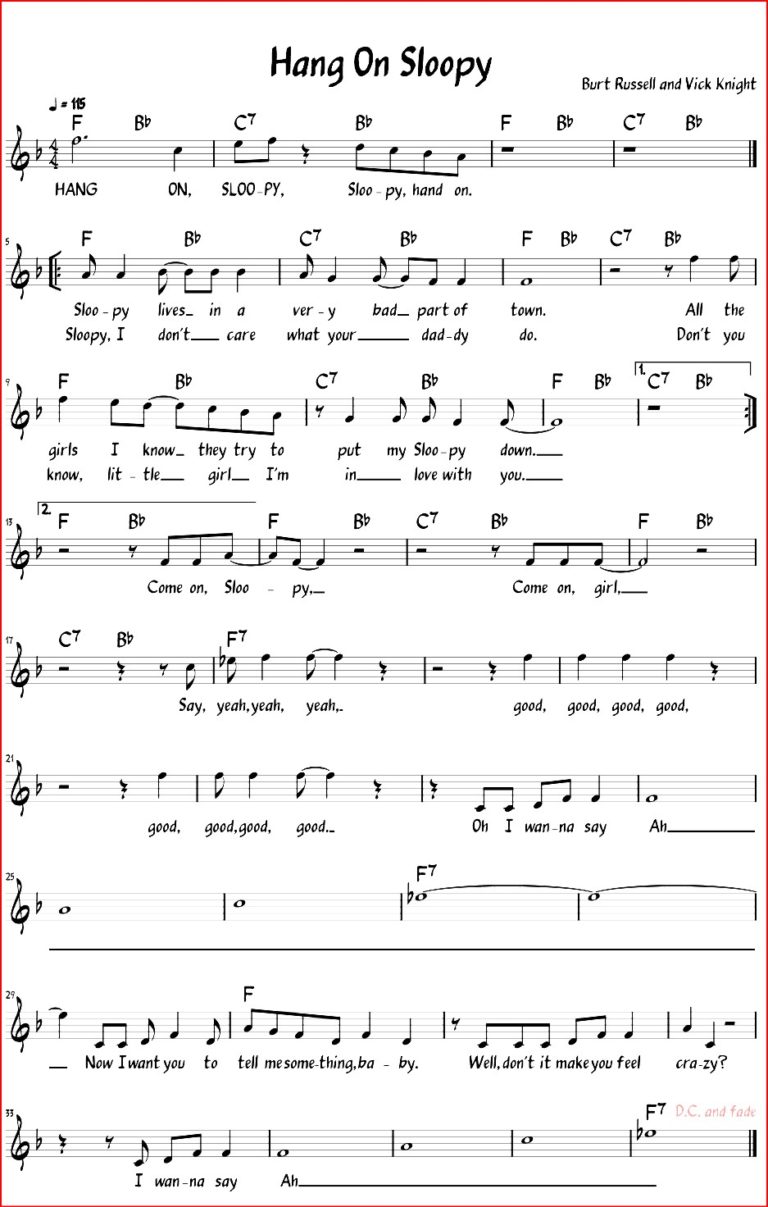
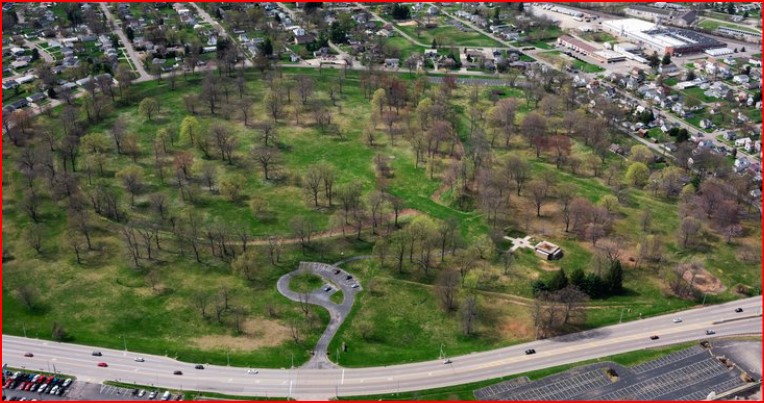
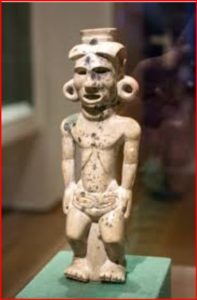
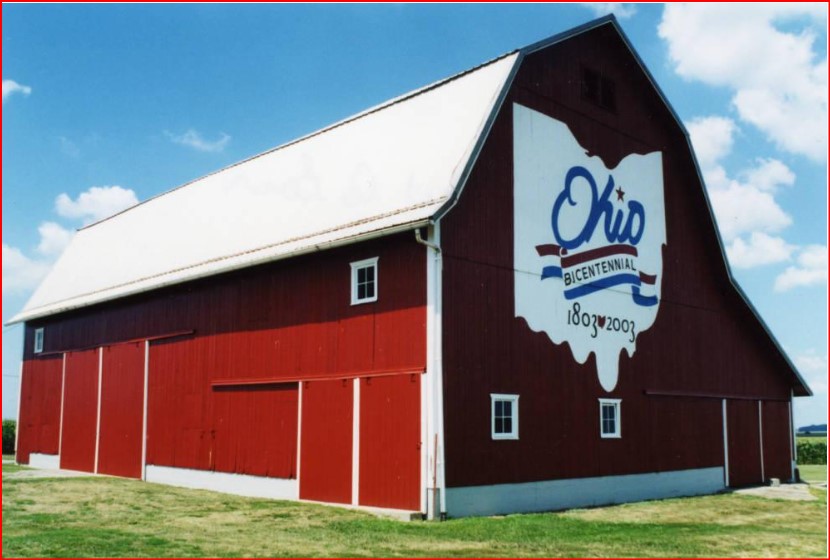
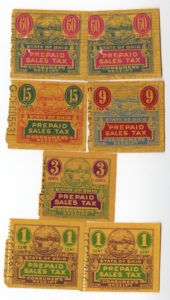
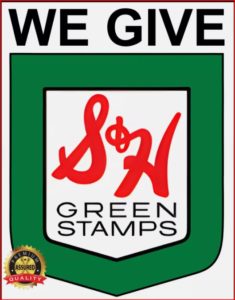

Education – Public
Some of the following information on Ohio public education comes from an article from honestyforohioeducation.org. It is informative, but in some cases biased. This section also contains information from my 17 years working as Financial Systems Manager for the Ohio Department of Education and my position as liaison with State Accounts and the Ohio Auditors office.
Public education in Ohio started in 1825 and was financed by property taxes. In 1851, the Ohio Constitution established the requirement of a “thorough and efficient system of common schools”. In 1934, Ohio allocated a sales tax to help Ohio fund education. In 1975, the Ohio Lottery was founded to help fund Ohio schools (big mistake) Ohio schools are not better. In 1976, the state set an amount that can be collected from property tax, set at the original amount. So even though property values increase, school funding does not. This means that schools must seek money at every levy. In 1977, the Ohio Supreme Court found that Ohio schools are funded unconstitutionally, and Ohio establishes funding for two classes of child education, public and accountable, and private and unaccountable, and authorizes public funds for private school (vouchers) and charter schools. In 2021, the Fair School Funding Plan added to the state budget. In its early days, funding was to communities, not to individuals. The depression made it impossible to keep schools open based on property tax and a sales tax was needed desperately. This became known as the school foundation. The problem is that it causes great inequity, risk districts vs poor districts. It constantly needed to be revised, but politics always blocked it. The rich city districts could lobby better. The foundation funding became an albatross for the educational system. In 2021 revisions were made for private schools. This was a departure from the requirement of separation of church and state, meaning that religious instruction was being paid out of public funds. Schools districts began changing from the community view to viewing the individual student needs. Distribution of funds legislation, reduced reliance on property tax, was mandated by the state, and brought relief to poorer districts. Funding still remains a problem and further legislation will be demanded from coalitions and private groups.
In the early days of Ohio education, almost every village was a school district. Ohio could not produce enough qualified educators to meet the demand. In my own district, I didn’t think it unusual or even understand that some of my teachers didn’t possess a bachelor degree, or that my teachers held two jobs. My coach drove a truck picking up milk from dairy farms before school. My 7th grade teacher also had grocery store. My typing teacher was also the mayor’s secretary. The school superintendent also taught history. To help, the state consolidated districts. This eventually reduced 2,674 districts to 613 today. This increased class size, but allowed better use of teacher’s and administrators. It also had a significant affect on educator salaries, and increased the educational level of teachers.
A major problem in Ohio’s public education was fragmentation in the Ohio Department of Education. Rather than being a cohesive agency, each division operated individually. Divisions such as Food Service, Early Childhood, Elementary Education, Post-Secondary Education, Vocational Education, School Finance, and School Transportation did not cooperate with each other. This caused problems at the school district level. Collection of data from districts was highly redundant. The department was very traditional and reluctant to make needed changes. At that time there were 17 divisions of which 13 collected data from school districts. Every one of the 13 started the same hypothetically “Name of Superintendant, Age of Superintendant, Level of Superintendat education, home address of Superintendant, Home Phone of Superintendent, Office Phone of Superintendant, Cell Phone of Superintendent. Image how frustrating it would be repeat the same exact information 13 times. To solve this redudant collection of information, we started a project to tie all divisions into a common data base where no field would appear more than once. I belonged to this development team for EMIS, (Electronic Mangagement Information System) designed to eliminate duplication of collected data from department divisions. All school districts in Ohio would be connected via the internet, resulting in a reduction of collection volume. The reduction in some areas approached 90%. I was also project manager to convert the department to a financial database environment working with a subcontractor Ernest and Young, building the database in Oracle. This was a three-year project and the database had to integrate with the state’s accounting office, the State Auditor and State Treasurers databases.
Public education also faced a never-ending political control battle between the Governor and the State Board of Education. Depending which political party was in power, pressure always ensued. One of the problems that always bothered me, was the money diverted for “pork projects” in the budget, which took needed money from the districts. Did the Governor really need a multi-million high school gymnasium built in his tiny home town dedicated to him?
When I first began working in the Department in 1986, there were still districts whose phone systems were party-line and in southern Ohio we had a district whose school toilet was an outhouse! Why? Insufficient property-tax to operate. The U.S. government stepped in to help, starting the Appalachian Regional Commission and the Ohio Department of Education started receiving federal funds through ARC grants.
Ohio public education was not able to function without federal help. I was a member of the department’s Grants-Management team. These federal grants augmented state money. However, the grants always came with provisions to force Ohio to fall in line with the U.S. Department of Education’s goals. One grant that we turned down was on sex-education, The curriculum was so liberal that the Ohio House of Representatives directed us to not accept it. The funds arrived and sat in the state’s budget unused for over five years, while I lobbied constantly to find a legislator that would introduce a provision in the budget to allow me to return the funds. Eventually, I prevailed.
The pictures are below are in two groups. The first shows typical classroom in high school in the 1950’s The second group are of typical classrooms in schools today.
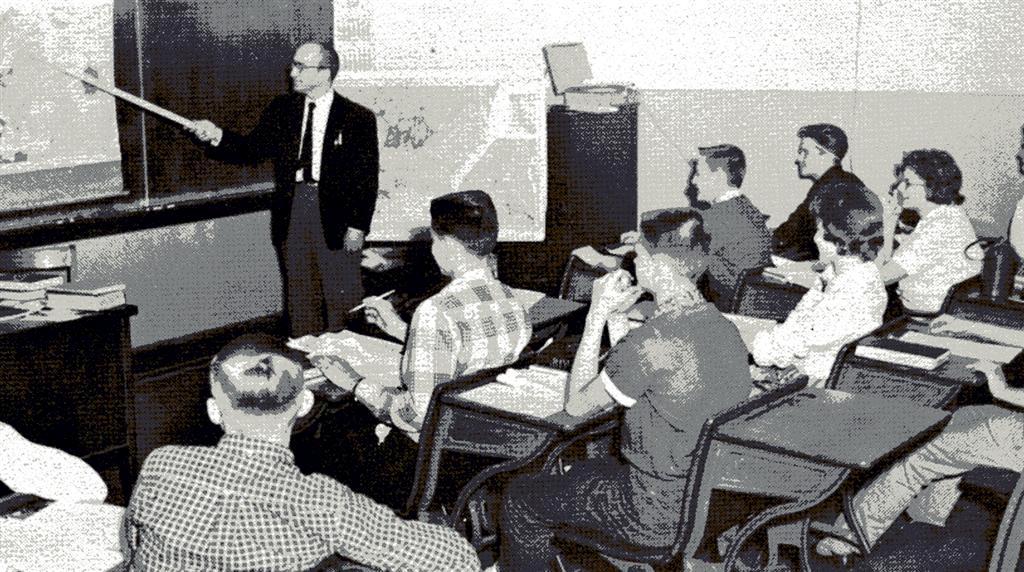
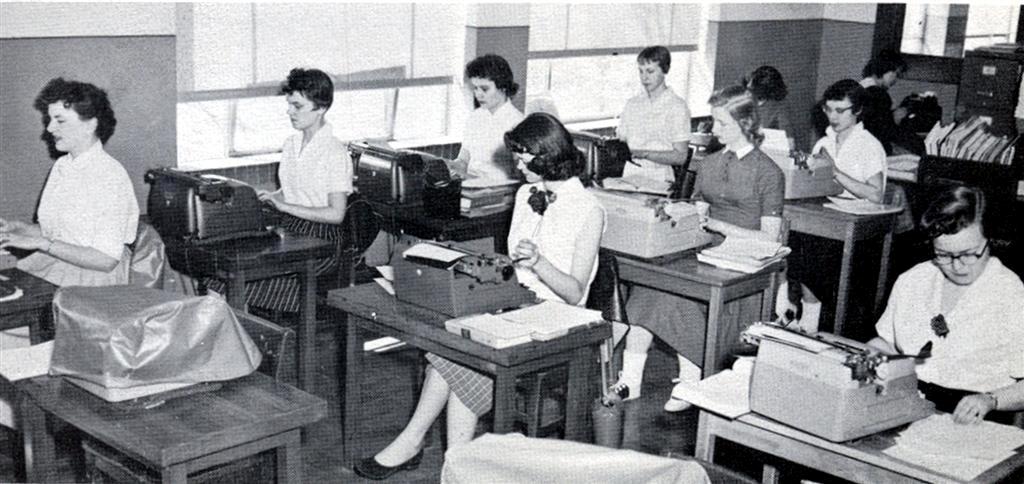
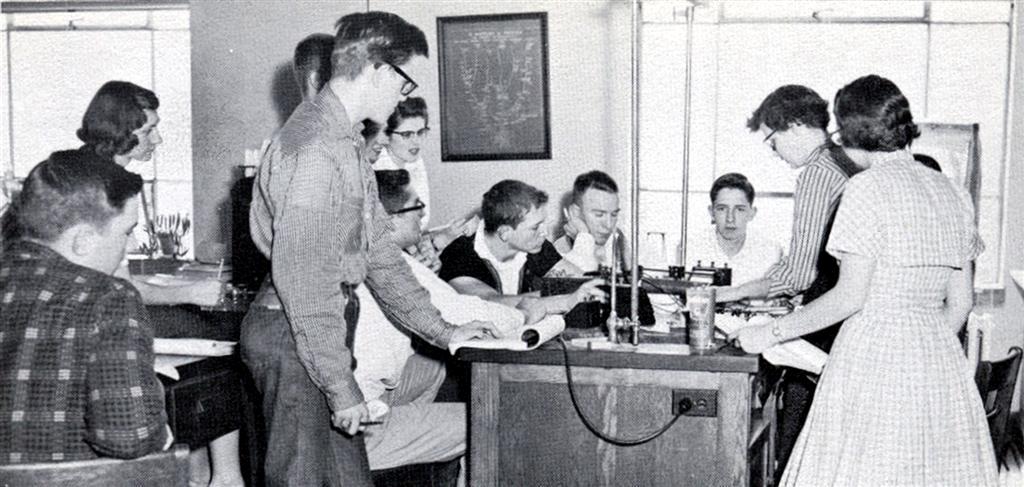
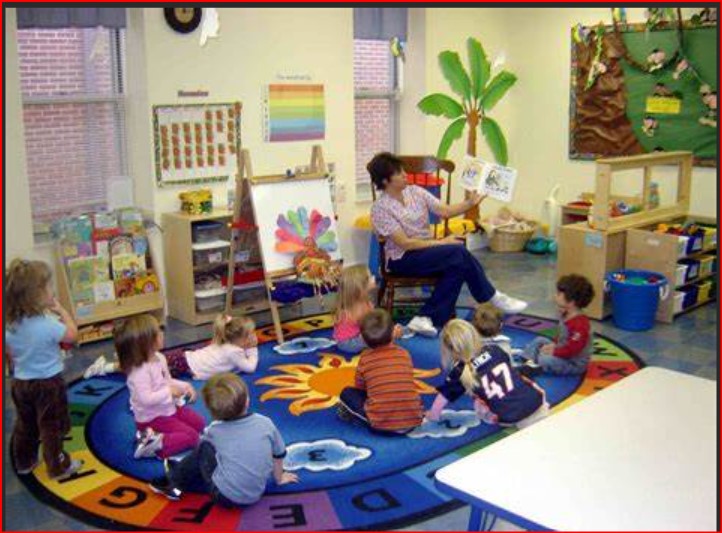
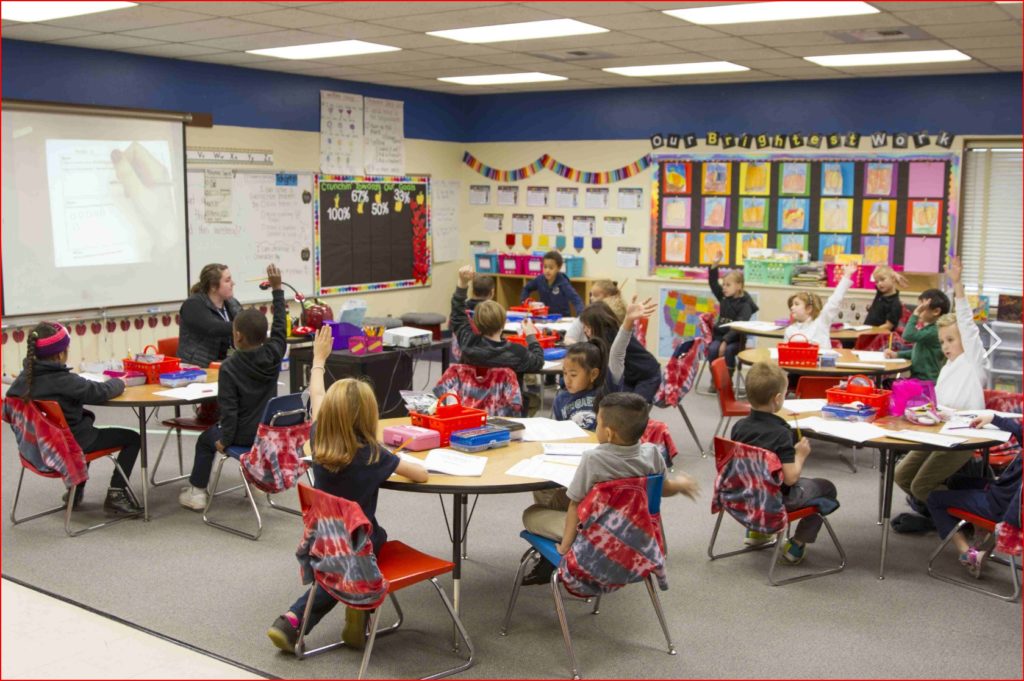

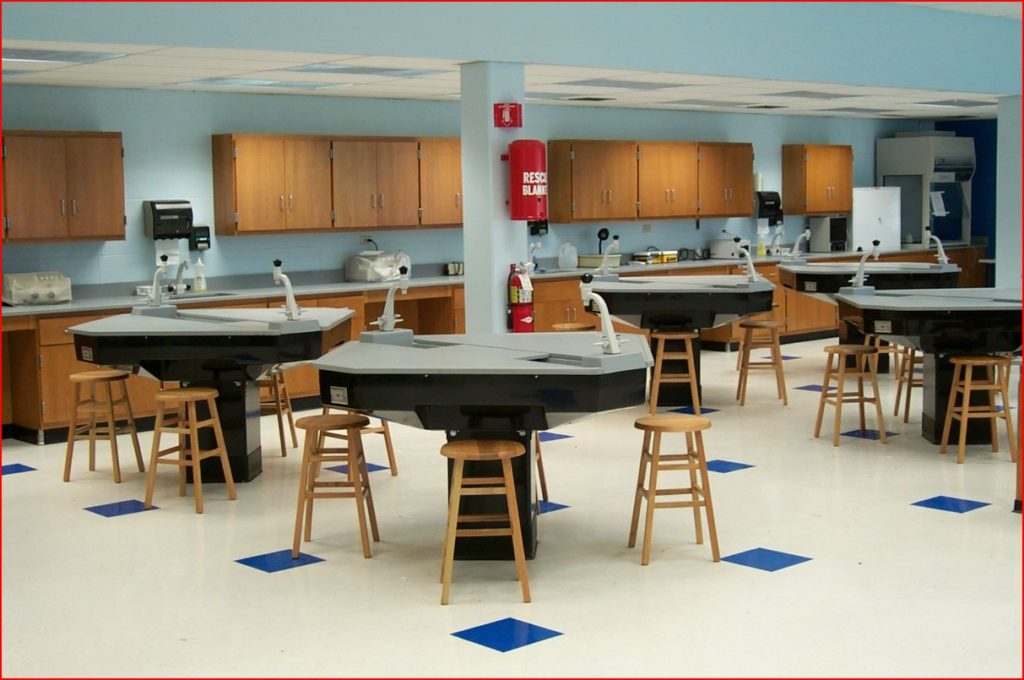
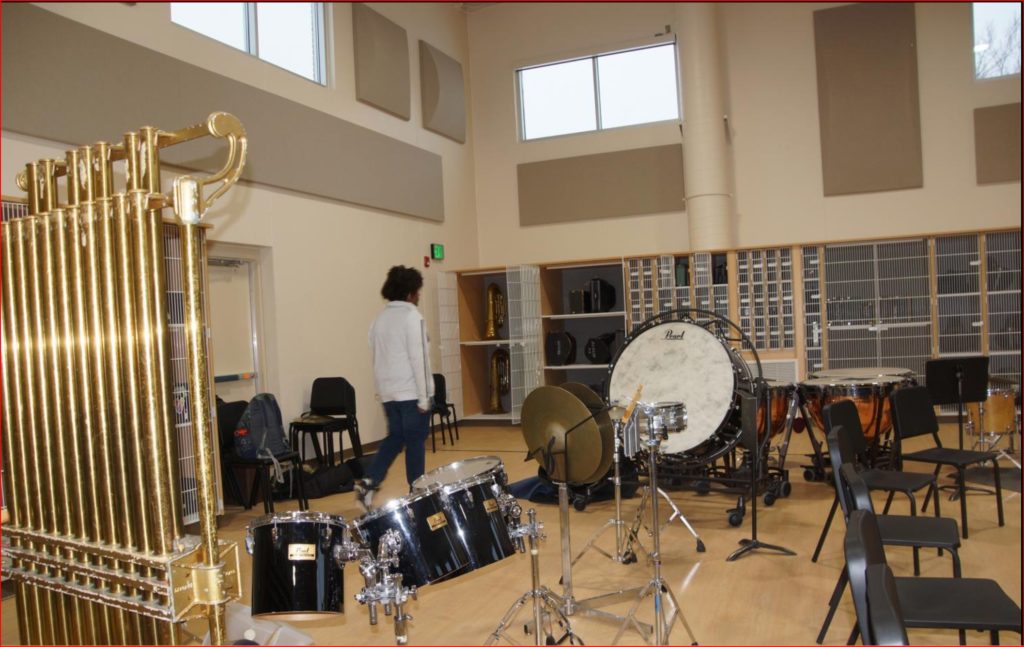
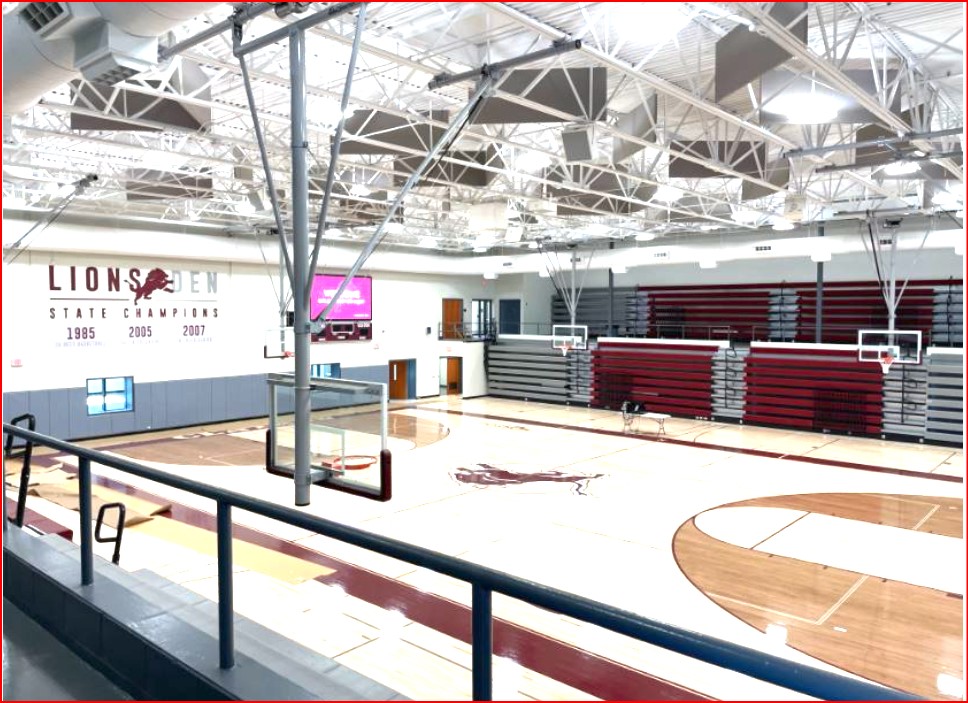
Education – Colleges
Ohio has 14 four-year universities with 24 branches and regional campuses, 23 community and technical colleges, 13 graduate schools, 7 medical schools, 6 law schools and 10 business schools. Some of these schools are within the universities.
These are governed by the Ohio Department of Higher Education and the Ohio Board of Regents.
Originally each college decided how it would operate. Some were on quarters, some on semesters. This caused problems when changing colleges. Transfer of credits could be difficult. I faced this myself having attended three colleges (Weber State, Boise State, and Ball State) before transferring to Bowling Green State. Starting in 2012 academic year, all of Ohio’s colleges are now semester.
Colleges also belong to divisions of NCCA and are in different athletic conferences. See a list of athletic programs by college.
Ohio also has the distinction of having two universities that are geared to the education of black students, Wilberforce and Central State, both located in Wilberforce, Ohio. Wilberforce University is a private college, founded in 1865 as the nation’s first private African-American university. Both offer baccalaureate degrees.
There are several religious colleges in Ohio. Close to me is Rosedale Bible College, an Anabaptist/Mennonite college, and Cedarville University, a Baptish College. Many of Ohio’s colleges were founded by churches and many still offer degrees in religion, or have connections with churches. An example is the Church of Jesus Christ of Latter-Day Saints which offers religious classes. These LDS Institutes of Religion are found at major Ohio universities.
A listing of Ohio’s institutions of higher learning can be found at List of colleges and universities in Ohio. This list gives location, degree level, public or private enrollment and when established. The list has links to all of those listed. Ohio Secretary of State also has information about Ohio Colleges.
The largest University in Ohio is Ohio State University in Columbus with enrollment larger than 58,000 and is also one of the largest in the U.S.
The two smallest in Ohio are
- Allegheny Wesleyan College in Salem with an enrollment of 84.
- Pontifical College Josephinum which produces Roman Catholic Priests both in English and Spanish. It is located North in Worthington with 138 students.
Colleges in Ohio that Offer Doctoral Degrees:
- Air Force Institute of Technology -Wright Patterson AFB
- University of Akron – Akron
- Ashland University – Ashland
- Bowling Green State University – Bowling Green
- Capital University – Bexley
- Case Western Reserve University – Cleveland
- University of Cincinnati – Cincinnati
- Cleveland State University – Cleveland
- University of Dayton – Dayton
- Kent State University – Kent
- Miami University – Oxford
- Northeast Ohio Medical University – Rootstown
- Ohio University – Athens
- Ohio State University – Columbus (largest Ohio University)
- University of Toledo – Toledo
- Wright State University – Fairborn
There are on-line colleges world-wide. Some are programs within major universities, some are for religious education, and some are especially geared for working adults. Some are just weird and not accredited. Are you interested in the Magickal Circle School, or Salem’s Witch School. Watch out Hogwarts! I think I would like the Brewing and Distilling degree from Heriot Watt University in Edinburgh, Scotland.
Throughout Ohio’s existence, Ohio colleges have faced problems, financial, recruiting and cultural. Colleges have had racial and ethnic problems, accepting veterans and accomodating handicapped students. For most of Ohio’s existence, Ohio’s colleges were almost exclusively white. Enrollment for black students was problematic. Black students were not welcome in white fraternites, nor student unions. Racism and the need for activities geared to differences in cultural values, resulted in the forming of black student unions, which then resulted in white discomfort and an increase, rather than decrease in racial and social interaction. Is there still racism in colleges? Do students ever harass or intimidate Asian students? Do students ever feel threatened by very intelligent students? Of course. We can only hope that time will heal all wounds, and all men will live in peace. Will I ever witness this? No!
Personal note here. I taught in three unversities, dealing with students daily both in an out of the classroom. Age and maturity are not the same. I have had fellow professors whose values and ideas were juvenile. Although by law, college students are adults, but that doesn’t mean that that their maturity level is adult. College students can be open to radical ideas and influence. They often make bad judgements, resulting in problems with drugs, alcohol and sexual activity. Yet they are old enough to drive and serve in the military.
During the Vietnam War, veterans often were the victims of anti-war sentiments. I was assigned to the Air Force ROTC detachment at Bowling Green State University as the NonCommissined Officer in Charge (NCOIC) and was considered as a university faculty member. I had attended Weber State. Boise State, and Ball State Universities and was finishing up a degree at Bowling Green. I attended classes in uniform, and had protestors spit on me and call me names. I needed an economics course and the professor asked me if I had served in Vietnam and I replied that I had, and he asked in front of the class “How many babies did you kill?” I responded with “I wasn’t assigned to the babies unit, but to the pinko college professor unit!”, gave him a New York City salute, stormed out of the classroom, went straight to the dean’s office and filed a harassment complaint. He was censored and the word went out immediately from the BG President that any faculty member harassing veterans could be fired. We had a protesting group burn a flag in front of our office. I was at BGSU during the Kent State incident, one of the saddest actions during the war with four students killed and nine wounded by the Ohio National Guards. Protests can be dangerous and destructive, but there is never an excuse for killing students.
But isn’t it funny, how attitudes change? If I wear veteran’s apparel at BGSU now, students say “Thank you for your service.” I always wonder, Is it because their parents are ashamed of how Vietnam veterans were treated?
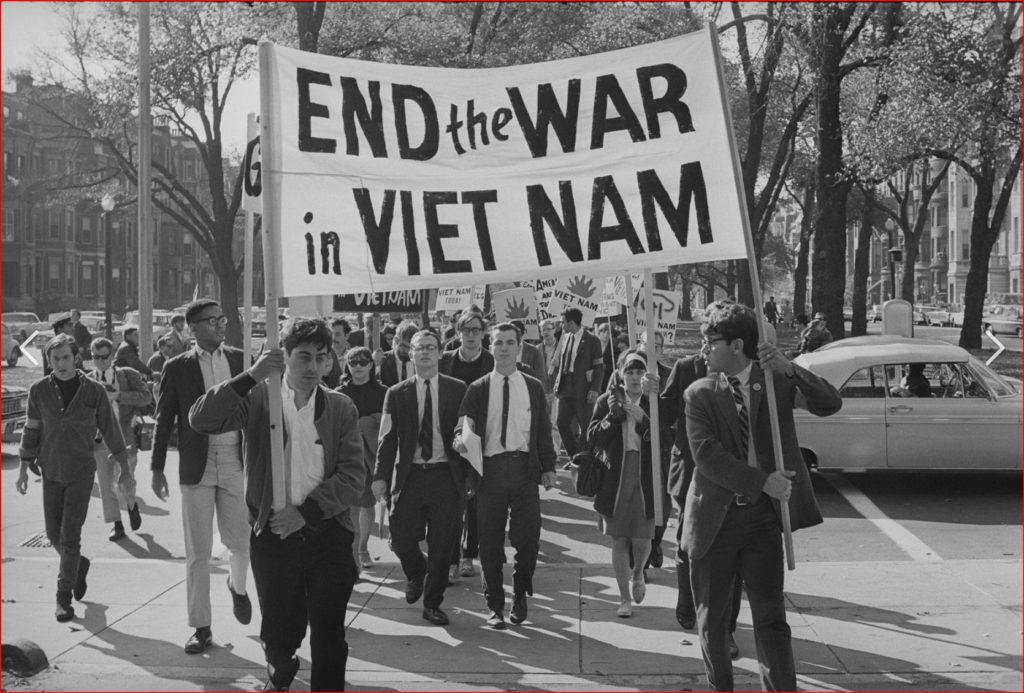
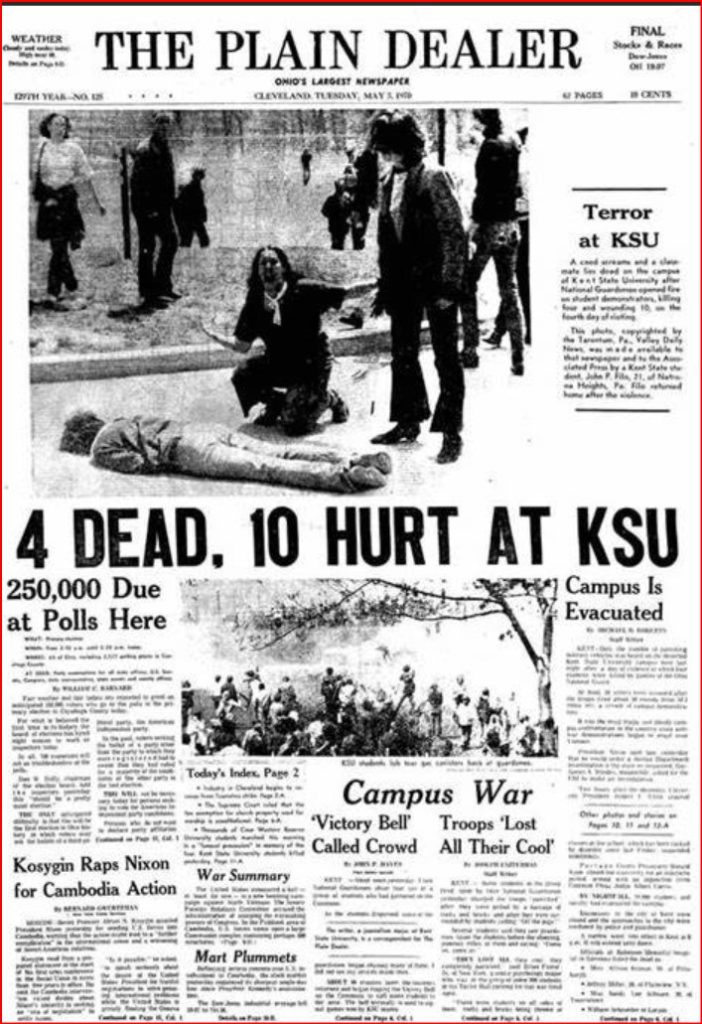
Religion
Three of these will be discussed: 1. The Shakers, 2. The Amish/Mennonites, and 3. The Latter-Day Saints or Mormons.
They were skilled craftsmen and craftswomen who invented the circular saw, clothespins, and flat brooms. Antique Shaker furniture is always in demand. Today there is only one Shaker congregation left, located in Maine.
2. Amish/Mennonites (There is an Amish Page on this website with pictures) Ohio is known for its Amish country. Holmes county has about 23,000 Amish, one of the largest Amish communities in the world. The Amish and Mennonites are known for leading simple lives, avoiding much modern-technology. Many are farmers, or work in construction trades. Schooling in some communities ends after the 8th grade. Many of its members speak a form of German called Pennsylvania Dutch. Their ancestors came form German speaking countries, Germany, Austria and Switzerland. Both groups religious beliefs are anabaptist. They do not practice infant baptism. They believe that a person is only baptized when they confess their faith in Christ and ask to be baptized.
In family life, to reduce problems with too many cousin marriages, the Amish and Mennonites often send male youth to other communities in the U.S. and Canada to date and marry and to avoid genetic drift and the inerited disease Ellis-van Creveld which causes polydactyly (extra fingers or toes).
In Ohio, Amish are often seen in surrounding communities, selling produce or doing construction related labor. Although Amish/Mennonite Chapels exist, Amish farm houses are sometimes used to worship.
Mennonites were first called the Swiss Brethern. The first Mennonite Bishop in America was my 9th Great-Grandfather, Hans Herr. He arranged with William Penn to colonize a portion what is now Lancaster County, Pennsylvania, and came there with his congregation in 1710.
I taught high school in an Amish/Mennonite area, Plain City, Ohio, with students being either. The girls in my class wore bonnets, the Amish blue and the Mennonites white. The Plain City group were the Beachy Amish Mennonites. The girls had a nickname for their bonnets “sin-sifters”! I attended a wedding of one of my Mennonite students. In the chapel, the men sat on one side and the women on the other. I asked, and was told that this was the norm in church services.
3. The Church of Jesus Christ of Latter-Day Saints. (The Mormons or LDS). This church was founded in westerm New York in 1830 as a restorationist, nontrinitarian Christian church by Joseph Smith a Vermont native. The Church does not believe in a closed canon of scripture, and believes that significant doctrine is missing in the Bible. The LDS Church has additional scripture, the best known is the Book of Mormon. It is missionary oriented, led by a prophet and apostles. Baptism is necessary for membership and follows the anabaptist method for adults. Member’s children are usually baptized at age 8 when they have the ability to understand right andwrong. Doctrines revolve around family life and a belief that marriage is not just for this life. Church members are married in temples for eternity and families are combined eternally through an ordinance called sealing.
The Church’s viewpoint is that it is a restored church based on religious practices at the time of Christ’s earthly ministry and such,the LDS Church contains all sacred doctrine, practices, and authority. This position has caused great persecution since its founding. Joseph Smith was assassinated in Illinois in 1844, forcing the Church to continually move westward until now it is headquartered in Salt Lake City, Utah, with word-wide membership of over 17,000.
The LDS Church arrived in Ohio in 1831, settling in Kirtland, a small community just to the east of present day Cleveland. It then built the Kirtland Temple, which at that time was the largest building west of the Allegheny mountains. The Kirtland Temple still stands and is open for public visits, but no longer used as a temple. Today about 1% of all Ohio’s population are LDS members, 64,595 members in 127 congregations. The LDS Church in Ohio has temples. One is located in Columbus, one in Cleveland and a third temple has been approved for construction in Cincinnati
The Church of Jesus Christ of Latter-Day Saints has particular importance for this website, since the basic website theme is genealogy. For anyone who is interested in genealogy, which the Church calls family history, the Church’s FamilyHistory website is one of the world’s premier sites for genealogy. LDS membership nor belief in the Church’s doctrine is not needed to access the Church’s FamilySearch website which is free. The LDS Church maintains Family History Centers around the world, with 46 in Ohio.
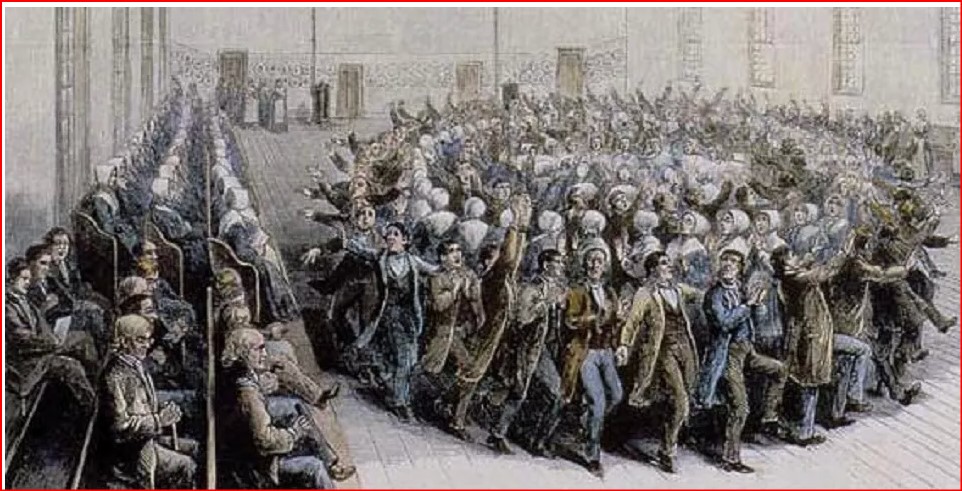
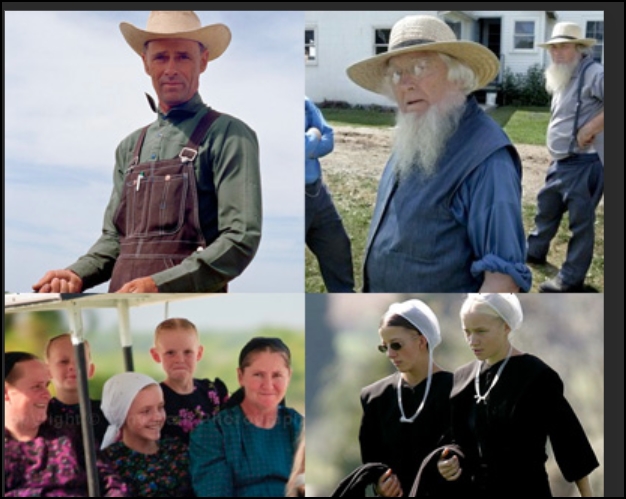
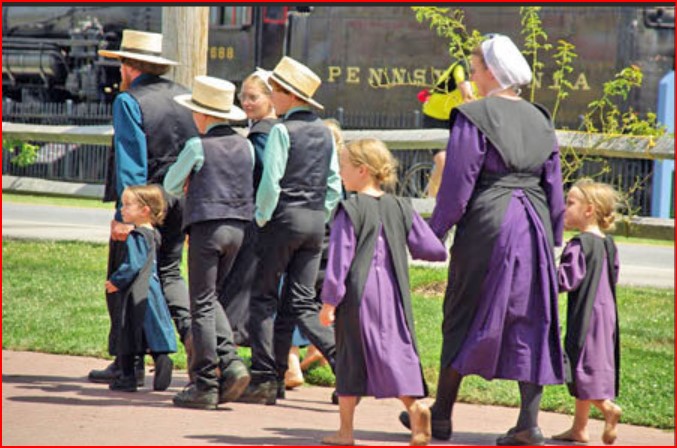
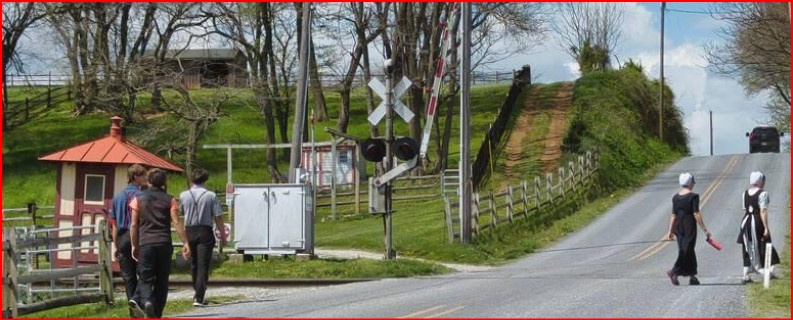
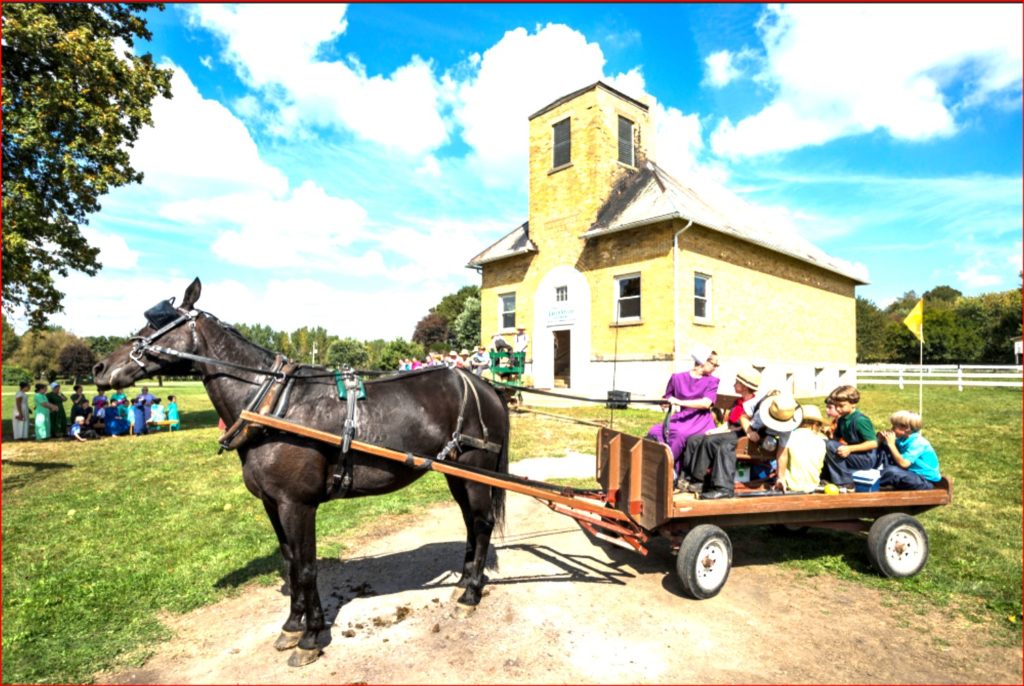
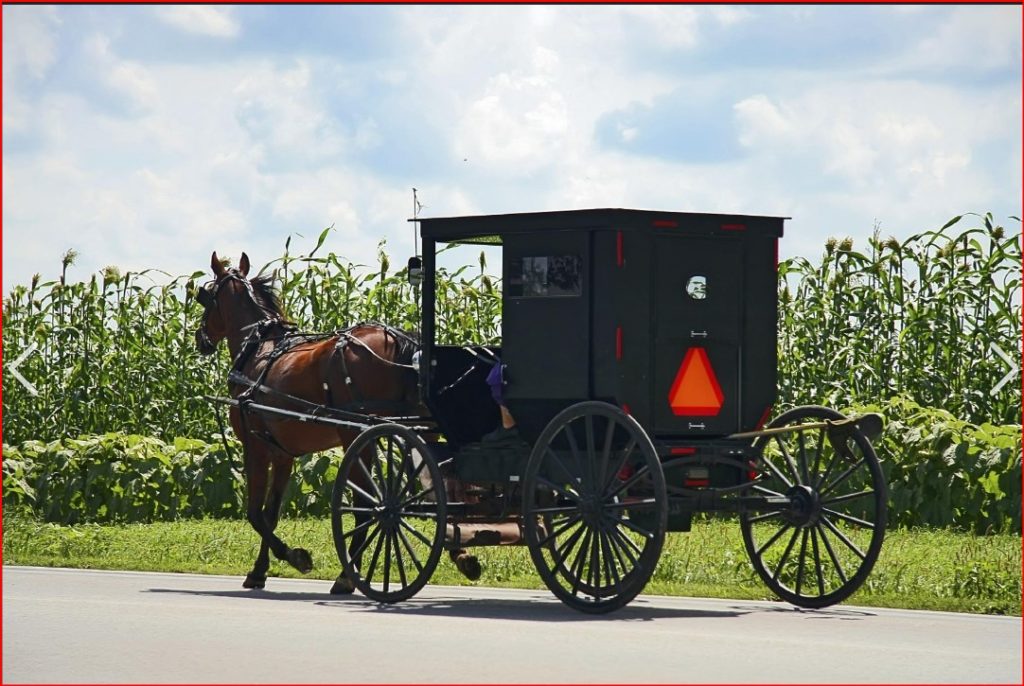
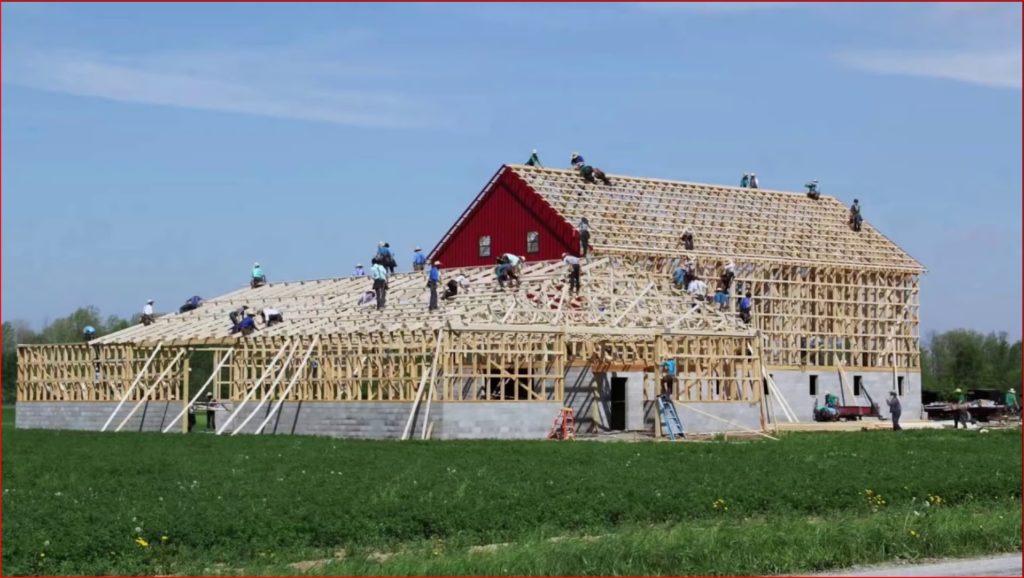
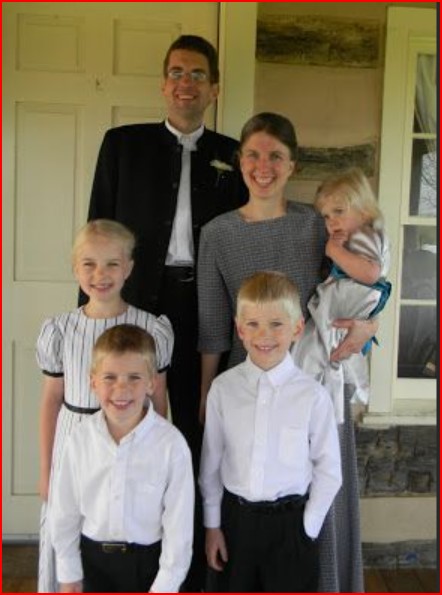
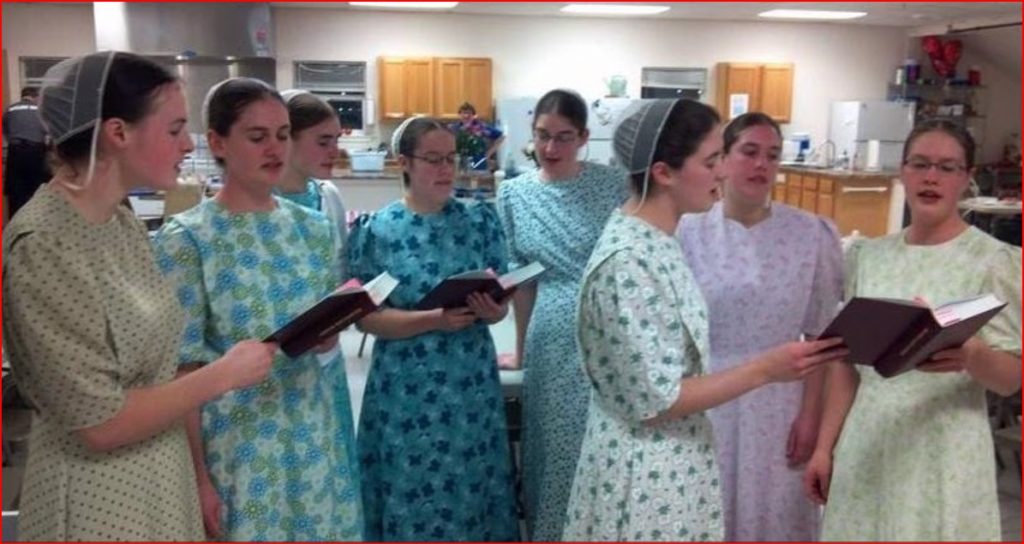
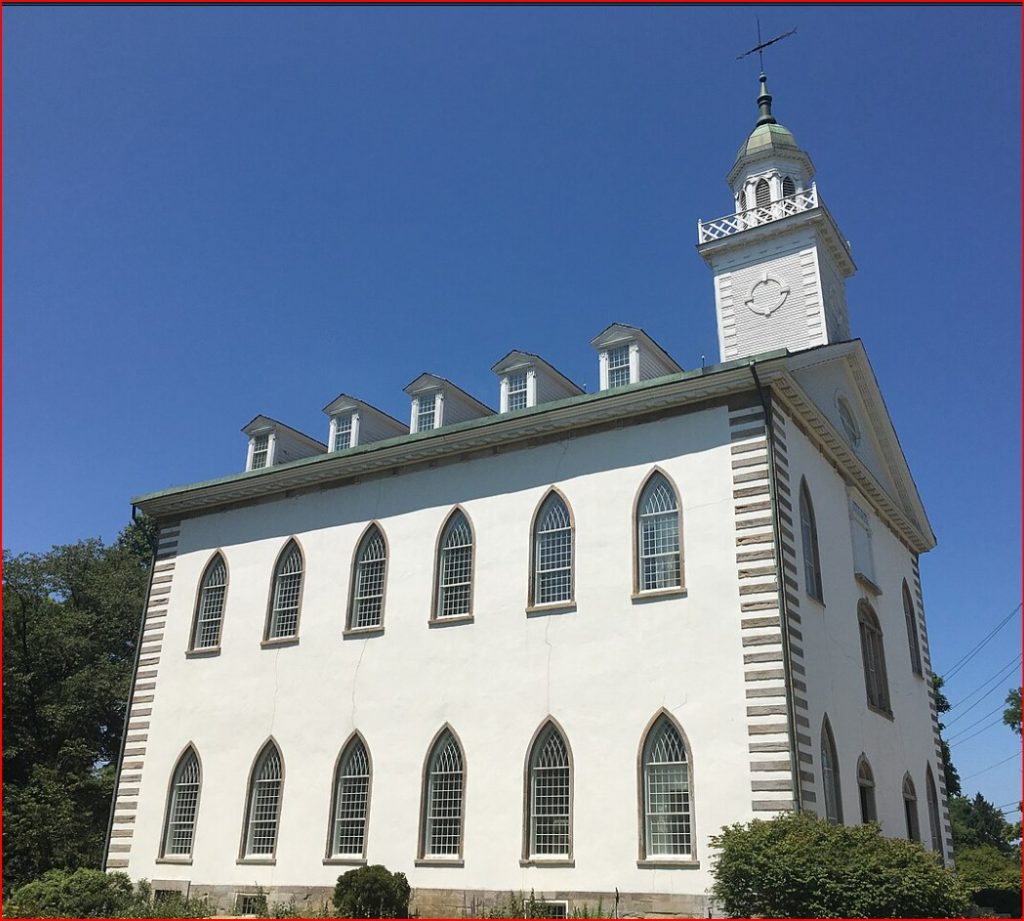
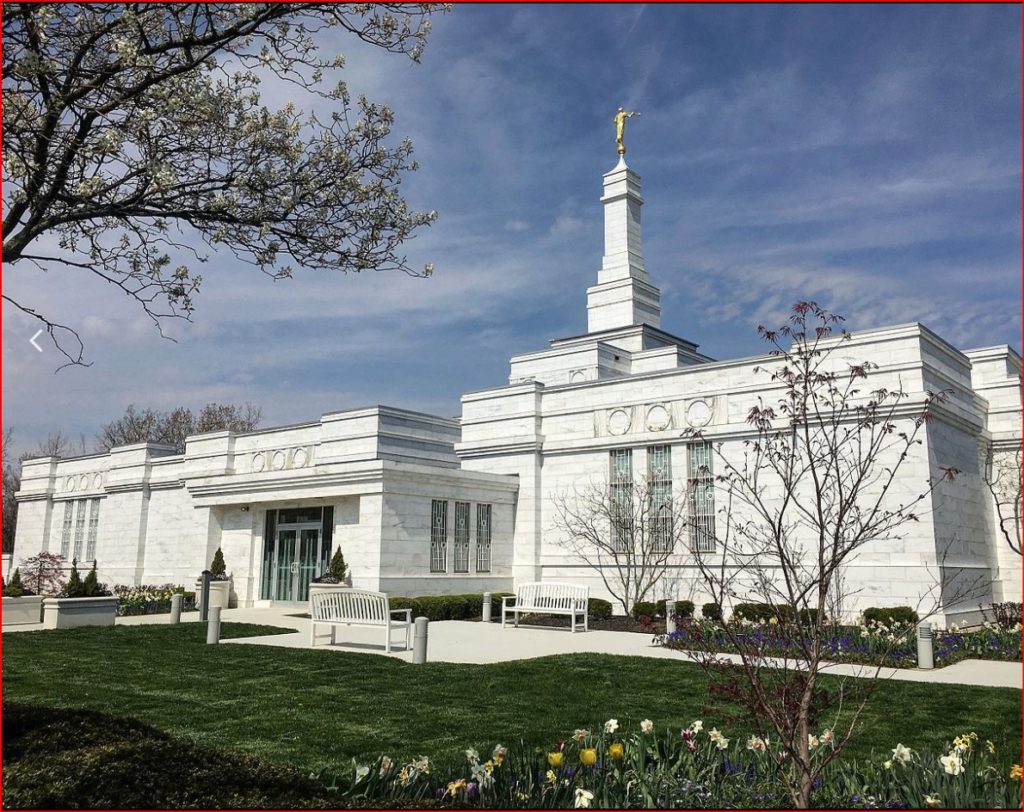
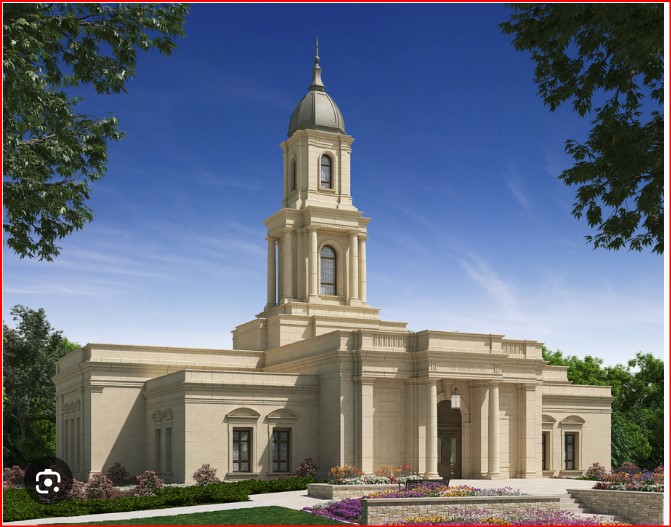
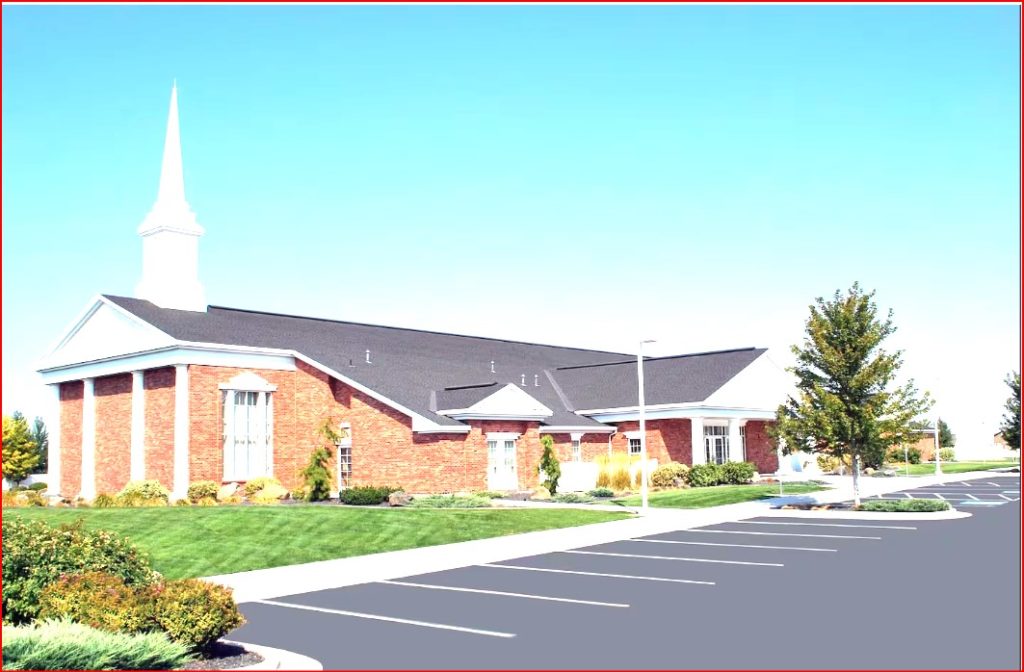
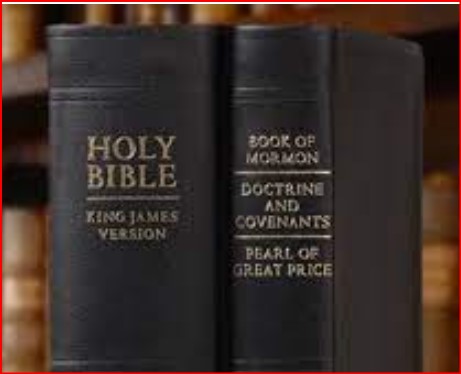
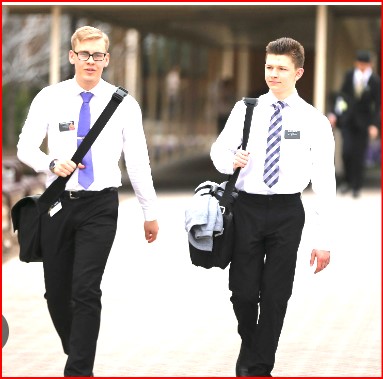
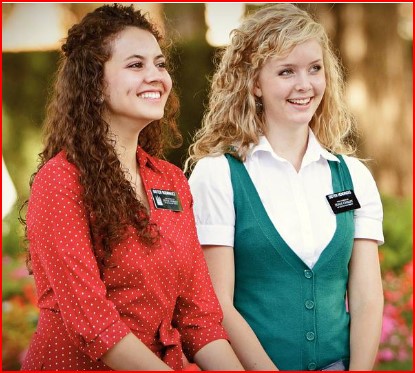
Cultural Ohio
Ohio has many cultural sources for learning, providing entertainment, social development, and participation. Museums, schools, churches, various memberships, parks, zoos, festivals, fairs, ethnic restaurants, theaters, music venues, and sports abound. There is seldom a day pass without a community event taking place somewhere in Ohio. All these things build and define our culture, our way of life.
Museums:
There are a number of excellent museums in Ohio, Military Museums have been discussed earlier in this article in the Military Museums Section.
Other Museums in Ohio. There are too many to discuss here. However, the following Wikipedia link lists Museums in Ohio and also gives separate lists of museums in:
- Cincinnati
- Cleveland
- Columbus
Festivals: There are so many festivals in Ohio that it seems that almost every community has a festival. There are 2,171 festivals in Ohio in 2024. There are few days, uf any, in Ohio without a festival. The on-line Ohio Festivals is helpful even though it has imbedded ads. It also has links to festivals in other states, and lists Ohio’s 670 fairs, shows, expos, and bazaars. The site usually opens to Festivals. To access other events, click Home.
Fairs: Every county in Ohio has a fair and some communities also have their own fairs. The two largest fairs in Ohio are the Ohio State Fair in Columbus, and the Canfield Fair in Mahoning County. There are 94 fairs held in Ohio’s Counties. Independent Fairs: Albany Fair in Athens County, Attica Fair in Seneca County, Barlow Fair in Washington County, Belleville Street Fair in Richland County, Hartford Fair in Licking County, Loudenville Street Fair in Ashland and Holmes Counties, and Richwood Fair, Union County. Fairs were organized as a place to showplace agriculture. Fairs still revolve around agriculture with judging and awards, but they grew into events that now include racing, amusement rides, musical enertainment and fair food.
Parks: Almost every community in Ohio has a park and in larger communities more than one. These parks provide green space and a place to relax. They also provide space for:
- Games such as checkers and chess
- Water activiies such as fishing, boating and swimming
- A place to pursue romantic walks and park benches
- Musical concerts or space for individuals to play music
- Plays and pageants
- Sports: ball fields, tennis courts, flag football, frisbee
- Picnics tables, shelter houses, grills, trash barrels
- Playgrounds and restrooms
- Hiking, biking, jogging, rock climbing
- Walking with family, friends and pets
- Some parks allow camping.
- There are special parks just for dogs.
Churches: Besides worship ,churches provide:
- Food pantries
- Financial help with bills or medical expenses, or home help
- Provide entertainment – Choirs, musical groups, and plays
- Food events such as pot-luck, spaghetti or fish dinners.
- Game nights
- Religious and self-help courses
- Scouting
- Community service
- Perform marriages and have wedding receptions
- Host family reunions
- Visit the sick, elderly or homebound.
- Funerals
Church of the 19th hole is not a legitimate place of worship!
Music:
Ohio has a rich and full music scene. There is never a day where there is not a music event including concerts, karaoke, open mics, festivals, jam sessions, night clubs, taverns, ethnic clubs, family reunions, parties, sing-a-longs, church meetings, etc.
Ohio has had a significant impact on Rock, Punk, R&B, Country and Folk Music.
Ohio has had disk jockeys like Alan Freed, sometimes considered to be the father of Rock n Roll. He promoted large touring venues, spreading Rock and Roll throughout our country. He formed the Rock n Roll Show which travelled with a number of entertainers and his own Big Rock n Roll Orchestra. He also hosted the American Music and Dance Show on ABC in 1957. He was the first person to have integrated dancing in 1959 on his show. He has been inducted into the Rock and Roll Hall of Fame in Cleveland, Ohio.
The Isley Brothers from Cincinnati, the O’Jays from Canton and Nine-Inch-Nails from Cleveland have also been inducted into the Rock and Roll Hall of Fame
Musicians from Ohio has 80 pages of information with breakdown of cities, Guitarists, Musical Groups, Singers and Song Writres. Below is an extracted list of musicians whose music I know.
- Al Jardine – the Beach Boys
- Anita Baker
- Art Tatum
- Bobbie Bare
- Bobby Womack – the Valentinos
- Bonnie Lou
- Boz Scaggs
- Connie Smith
- Cowboy Copas
- David Allan Coe
- Dean Martin
- Devo – (Band)
- Doris Day
- Dwight Yoakam
- Earl Thomas Conley
- George Morgan
- Grandpa Jones
- McGuffy Lane – (Band)
- McGuire Sisters
- Joe Walsh
- John Legend
- Johnny Paycheck
- Marilyn Manson
- Nancy Wilson
- O’Jays – (Group)
- Pure Prairie League – (Band)
- Roy Rogers – Sons of the pioneers
- Shelly West
- Wayne Newton
Ohio has nineteen superb orchestras: Ohio Orchestras.
Of special note is the Central Ohio Community Orchestra which was formed as no-audition orchestra. The founders were aware that there were many former high-school and college band and orchestra members who had instruments lying unused in closets and decided to form COCO. From a few members, it has grown into a good sized orchestra conducted by Andrew Penry, who majored in music at Case Western Reserve University and both conducts and arranges music. He is also a percussionist with the Columbus based Celtic Folk Group, “Down the Glen”.
Folk Music is very popular in Ohio, There are events such as the Dublin Irish Festival, and Metro Parks festivals, Jambase provides links and information about all scheduled folk concerts in Ohio, West Virginia and Indiana – over 1000 concerts!
Folk societies include The Columbus Folk Music Society with links to Ohio music clubs and performers, The Northeast Ohio Musical Heritage Association, Folknet, and the Folk, Blues, Jazz & Folk Music Society,
There are many folk groups and entertainers in Ohio. In central Ohio, for Celtic music we have the General Guiness Band, Down the Glen, Bob Ford, Fialla, Ladies of Longford, and The Mclans.
Country music may be the number one genre in Ohio both traditional and bluegrass. Many venues such as veterans organizations, private clubs, music halls, open mics, restaurants and taverns feature country music, either live or karaoke. Columbus alone has 17 venues with country music. Ohio has produced many country musicians. The preceding link has imbedded links to each musician. I will list just 10 of my favorites from Ohio: Bobby Bare, David Alan Coe, Earl Thomas Conley, Dean Martin, George Morgan, Johnny Paycheck, Roy Rogers, Connie Smith, Shelly West, and Dwight Yoakum.
I will also include me. Why? My grandchildren think I am famous!. I play and sing with the Stringbenders in Xenia, Ohio, the Celtic band Down the Glen, and MC an open mic in West Jefferson, Ohio. In the 1960’s, I played and sang in Folk Clubs in Washington D.C, Scotland, and England. I remember the 60’s even though they say if you remember the 60’s, you really weren’t there!
Sports:
Almost every high-school and college in Ohio has sports: football, soccer, basketball, cross-country, track, and sometimes golf, volleyball, Ice-hockey, wrestling or lacrosse. The favorite sport in both high-school and college is dating! (Well, it was mine!)
Just as Elvis is the King of Rock and Roll, Ohio State Football is the undisbuted king of Ohio College Sports. Go Bucks! See Ohio State University Sports.
In professional sports we have in Ohio:
- Baseball, the major teams are:
- Cleveland Guardians (formerly Cleveland Indians)
- Cincinnati Reds
- Ohio also has minor league teams such as the Columbus Clippers , Toledo Mud Hens, Dayton Dragons, and Lake County Captains. The Lake Erie Crushers aka the Grapes are in Avon, Ohio as members of the Frontier League.
- In Football,
- In Basketball, Cleveland Cavaliers
- In Ice Hockey, Columbus Blue Jackets
- In Soccer
- Pro Volleyball Columbus Fury
- In golf, the Memorial Tournament at Murifield Village is a top venue of the PGA tour. The Scioto Country Club, Moraine Country Club, Canterbury Golf Club, and Firestone County Club South have also hosted PGA events.
Amusement Parks:
There are several smaller amusement venues.
Zoos and Aquariums.
- Columbus Zoo and Aquarium
- The Wilds
- Cincinnati Zoo & Botanical Garden
- Toledo Zoo
- Cleveland Metroparks Zoo
- Akron Zoo
- Jungle Island Zoo
- Highfield Discovery Garden
- Lagoon Deer Park
Haunted locations:
- Ohio State Reformatory – Mansfield,
- Moonville Tunnel – McArthur,
- South Bass Island Lighthouse – Put-in-Bay,
- Licking County Historic Jail – Newark,
- Molly State Park – Louisville,
- Spring House Gazebo at Eden Park – Cincinnati
- The Ridges at Ohio University – Athens
- Malabar Farm State Park – Lucas
- Franklin Castle – Cleveland
Prominent Ohio People
- U.S. Presidents
- Native American Leaders, Tecumseh
- Military
- Astronauts
- Commerce
- Inventors
- Thomas Edison
- Orville and Wilbur – the Wright Brothers
- Sports
- Entertainment – Movies:
- TV:
- Comedians:
Madison County
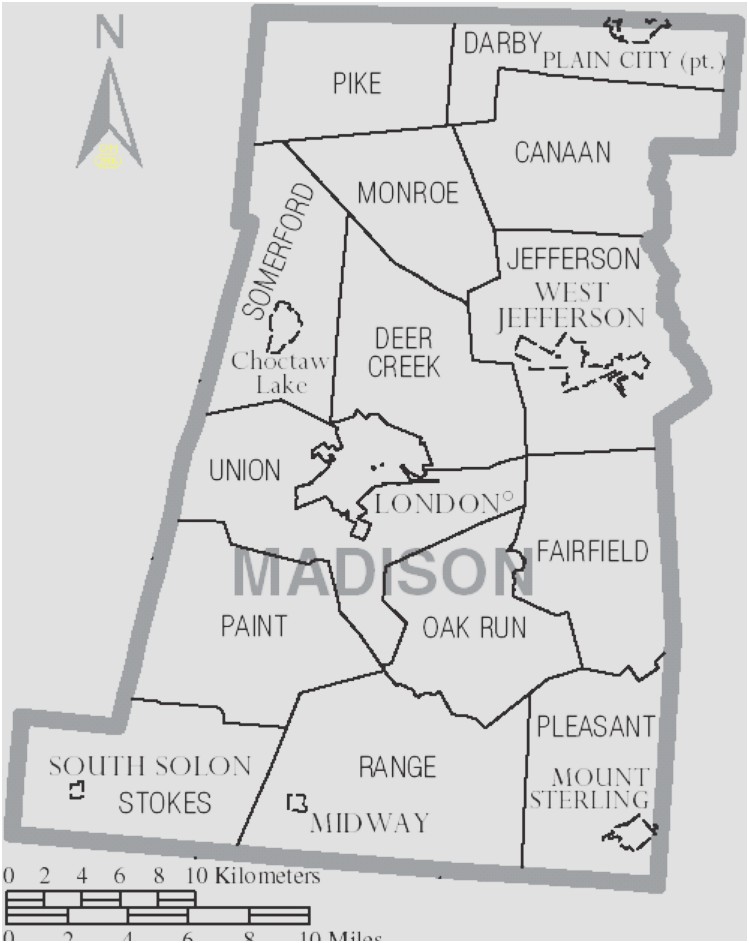
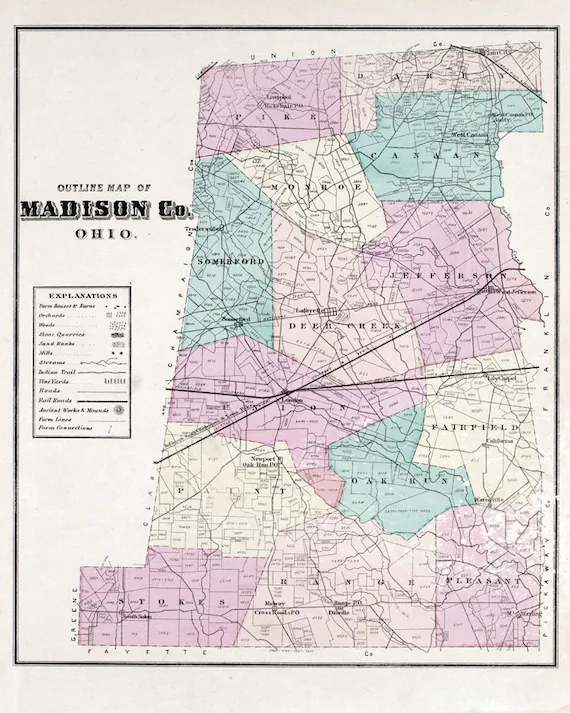
Madison County was formed form Franklin County on February 16, 1810. It was inhabited by a few settlers and Native Americans, but there were no villages. That meant that there was no place to dedicate as county seat. The Ohio General Assembly has the area surveyed and designated the location that is now London to be a seat of justice. By 1812, there were several families living there. The first court was held in a log cabin presided by Judge Thompson of Chillicothe. More information about London will be discussed later in this chapter.
The first settler in Madison County was Johathan Alder who settled along Big Darby Creed south of what is now Plain City. His cabin is on display in the London Historical Museum. As a child he was abducted in Virginia by Shawnee Indians, and then adopted by the Mingo Tribe and lived for many years with Native Americans. He eventually returned to the white community. His life is fascinating. See Johnathan Alder link. Settlers started coming to Madison County with most coming from neigboring Columus in Franklin County. This group wanted to farm or just to escape the busy city.
There are a number of small cities and villages in Madison County. Not all are incorporated. They are listed by township in the next column. The communities are not incorporated are Amity, Big Plain, Chenoweth, Chrisman, Florence, Gillivan, Kileville, Kiousville, Lilly Chapel, Mdison Lake, McClimansville, McKendree, Newport, Range, Reseaca, Rosedale, Rupert, Summerford, Tradersville, and Wrightsville.
Incorporated are: London, Midway, Plain City, South Solon, and West Jefferson
- Canaan Twp (Amity)
- Darby Twp (Plain City and Kileville)
- Deer Creek (Lafayette)
- Fairfield Twp (Big Plain, Lilly Chapel, Kiousville and Wrightsville)
- Jefferson Twp (West Jefferson and Gillivan)
- Monroe Twp (Resaca and Plumwood)
- Oak Run Twp (Chrisman)
- Paint Twp (Newport and Florence)
- Pike Twp (Rosedale)
- Pleasant Twp (Mt Sterling, McClimansville and McKendree)
- Range Twp (Midway, Range and Chenoweth)
- Somerford Twp (Choctaw Lake, Summerford and Tradersville)
- Stokes Twp (South Solon)
- Union Twp (London, Madison Lake and Rupert)
Madison County is considered an agricultural county, but it not typical. There are several very large industries, many connectred to agriculture. It has bedroom communities, homes for those who work in the capital city of Columbus or its suburbs but live in Madison County. Between London and West Jefferson are miles of warehouses. These warehouses and manfufacturing facilities exist because of the proximity of major US highways including interstate 70, and because the Norfolk and Southern Railroad runs through the county. The following sketch identifies these routes. It is easy to see the importance of these roads to move goods quickly.

- Farm Science Review
- Farming
- Cemeteries
- Townships
- Villages
- Historic Homes
- Organizations
- Major Industry
- Medical Facilities
- Education
- Law Enforcement & Crime
- List Item
